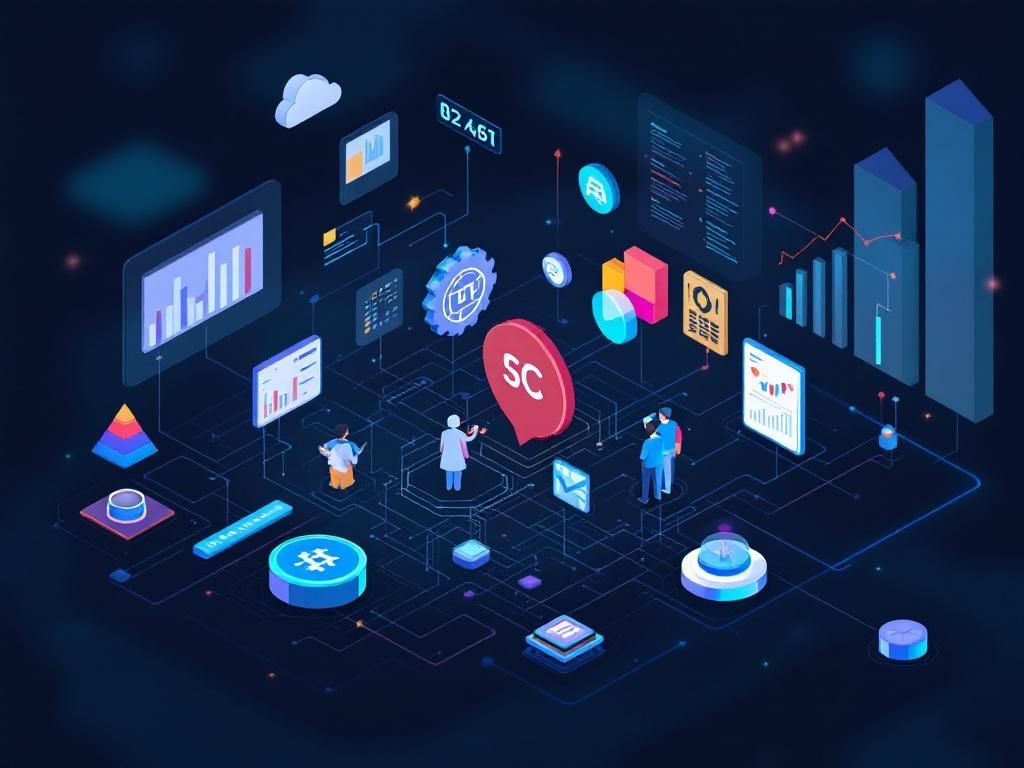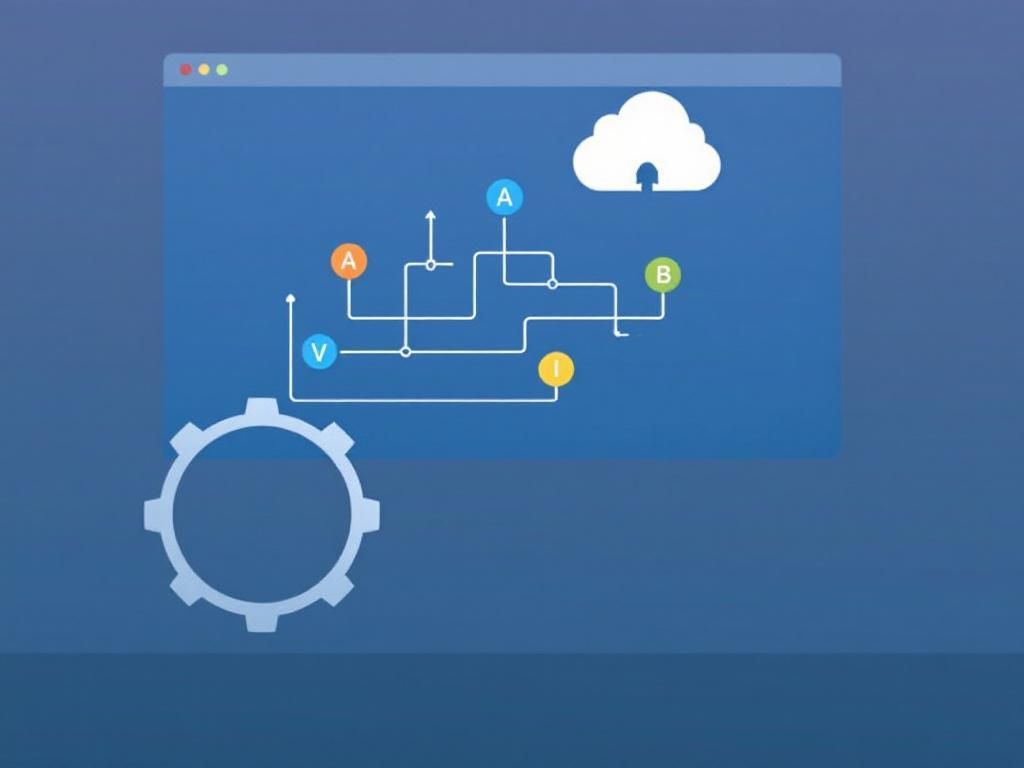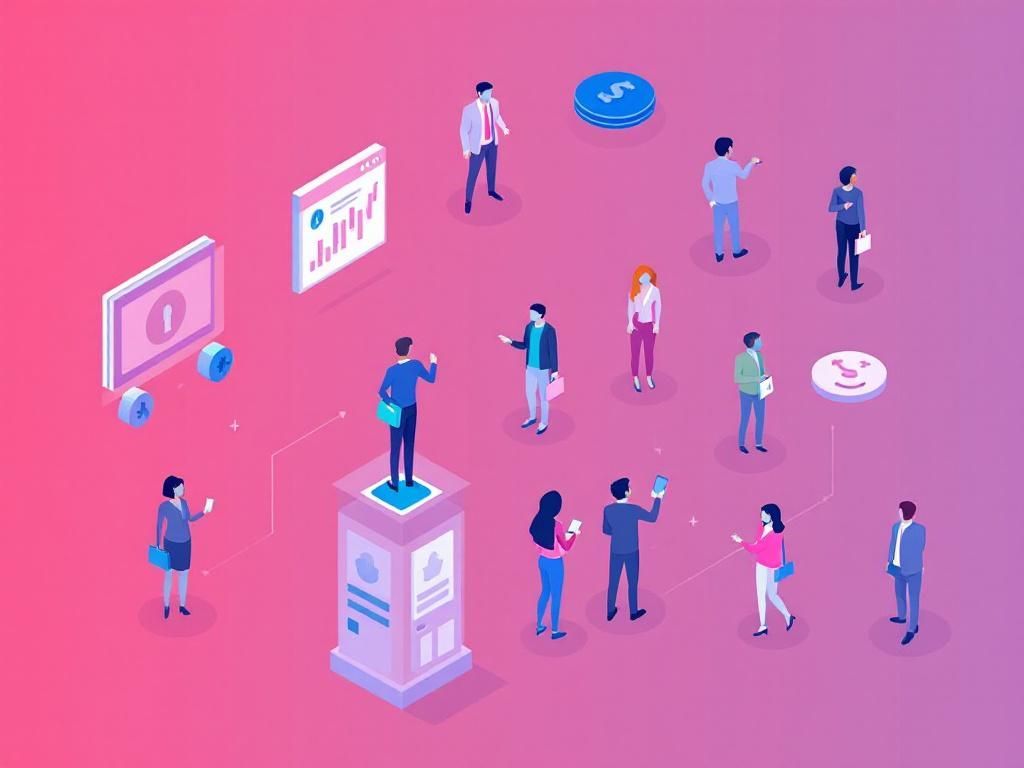Unlock Cost Savings in Software Management
Discover effective strategies to reduce expenses in software management for 2025 and maximize your budget.

In today’s fast-paced digital landscape, maximizing efficiency while minimizing expenses is a top priority for organizations. Software management stands at the forefront of this endeavor, as businesses increasingly rely on a multitude of applications and tools to drive their operations. The challenge lies in navigating the complexities of software usage, licensing, and compliance. This article delves into innovative strategies for unlocking substantial cost savings in software management, offering insights that can transform your organization’s approach to technology.
Table of Contents
Understanding Software Management
Software management encompasses a wide range of activities, including procurement, deployment, maintenance, and retirement of software assets. Given the rapid evolution of technology, effective software management is crucial for ensuring that organizations maximize their investments. Various factors contribute to the complexities of software management:
- Diverse Software Ecosystem: Organizations often utilize a mix of on-premises, cloud-based, and hybrid solutions.
- Licensing Models: Different software vendors offer varying licensing structures, complicating compliance and cost analysis.
- Usage Tracking: Monitoring software usage to prevent wastage is vital to optimize expenditures.
Strategies for Cost Savings
1. Conduct a Software Audit
Regular software audits are essential for understanding your current software landscape. A comprehensive audit helps identify redundant applications, unused licenses, and potential compliance issues.
- Identify all software applications in use.
- Assess the number of licenses versus actual usage.
- Evaluate the necessity of each application based on current business needs.
2. Implement Software Asset Management (SAM)
Investing in a dedicated Software Asset Management (SAM) solution can streamline processes and provide valuable insights into your software environment. SAM tools facilitate:
- Automated tracking of software usage and license compliance.
- Data analysis to identify potential cost-saving opportunities.
- Lifecycle management, ensuring that software is only maintained as long as needed.
3. Leverage Open Source Software
Open source software presents an attractive alternative to proprietary solutions, often providing similar functionality without the associated licensing fees. Consider the following:
| Proprietary Software | Open Source Software |
|---|---|
| High licensing costs | No licensing fees |
| Limited customization | Highly customizable |
| Vendor lock-in | No vendor lock-in |
4. Centralize Software Procurement
Centralizing procurement processes helps streamline software purchases, ensuring that all acquisitions are necessary and cost-effective. Benefits include:
- Group buying power, leading to better negotiation leverage with vendors.
- Elimination of redundant purchases across departments.
- Consistent compliance with licensing terms across the organization.
5. Adopt Cloud Solutions
The transition to cloud computing offers significant cost advantages, with models such as Software as a Service (SaaS) providing flexibility and scalability. Key benefits include:
- Reduced infrastructure costs.
- Pay-as-you-go pricing models.
- Easy scalability to meet demand.
Enhancing Software Efficiency
Utilizing Analytics for Optimization
Data analytics can provide insights into software performance, helping organizations to identify underutilized resources and optimize their software environment. Consider implementing:
- Usage metrics dashboards to track application performance.
- Predictive analytics to forecast future software needs.
- Regular reporting to inform strategic decisions.
Streamlining Workflows
Optimizing workflows through software integration can lead to significant time and cost savings. Strategies include:
- Identifying bottlenecks in current processes.
- Integrating software applications to enhance data flow.
- Automating repetitive tasks to increase efficiency.
Maintaining Compliance and Security
Regular Compliance Checks
Ensuring compliance with licensing agreements and regulations is vital to avoid costly penalties. Implementing a compliance schedule can help:
- Establish regular review processes to maintain compliance.
- Train employees on software usage policies.
- Update licensing agreements in line with organizational changes.
Investing in Security Measures
Cybersecurity threats pose significant risks to software assets. Investing in robust security measures not only protects sensitive information but can also prevent costly breaches:
- Conduct regular vulnerability assessments.
- Implement multi-factor authentication.
- Train staff on security best practices.
The Future of Software Management
As technology continues to evolve, so too will the strategies and tools available for effective software management. Emerging trends to watch for include:
- AI and Automation: Leveraging artificial intelligence to enhance decision-making and automate routine tasks.
- Integration of Systems: Improving interoperability between different software solutions to streamline processes.
- Subscription-Based Models: A shift towards subscription-based software offerings that minimize upfront costs.
Conclusion
Unlocking cost savings in software management requires a proactive approach and a willingness to adapt to changing technologies. By conducting regular audits, implementing software asset management practices, and embracing innovative solutions such as open source and cloud computing, organizations can significantly reduce expenses while maximizing their software investments. The future of software management holds immense potential for those willing to embrace change and continuously optimize their operations.
FAQ
What are the key benefits of software management in 2025?
In 2025, effective software management can lead to significant cost savings, improved efficiency, and enhanced security for organizations.
How can businesses reduce software management costs?
Businesses can reduce software management costs by adopting cloud solutions, automating processes, and leveraging open-source software.
What trends are shaping software management strategies in 2025?
Trends such as AI integration, remote work adaptations, and increased emphasis on cybersecurity are shaping software management strategies in 2025.
Why is software license optimization important for cost savings?
Software license optimization helps organizations avoid unnecessary expenses by ensuring they only pay for the licenses they truly need.
How can organizations ensure compliance in software management?
Organizations can ensure compliance through regular audits, maintaining accurate inventories, and staying updated on licensing agreements.
What role does automation play in software management cost savings?
Automation in software management streamlines repetitive tasks, reduces human error, and ultimately leads to lower operational costs.






